Since joining the Harbord Homeopathic Clinic as a homeopath in February 2021, several people have asked me if homeopathy was the same as naturopathy. My response has been that they are different modalities of Complementary and types of Alternative Medicine (CAM) but they overlap in some aspects and principles. This question has inspired me to write this blog post about integrative healthcare, CAM, naturopathy and homeopathy in detail. I’ve included what they encompass, when they are used, their history in Australia, as well as the number of people practicing, registration bodies, and colleges where they can be studied.
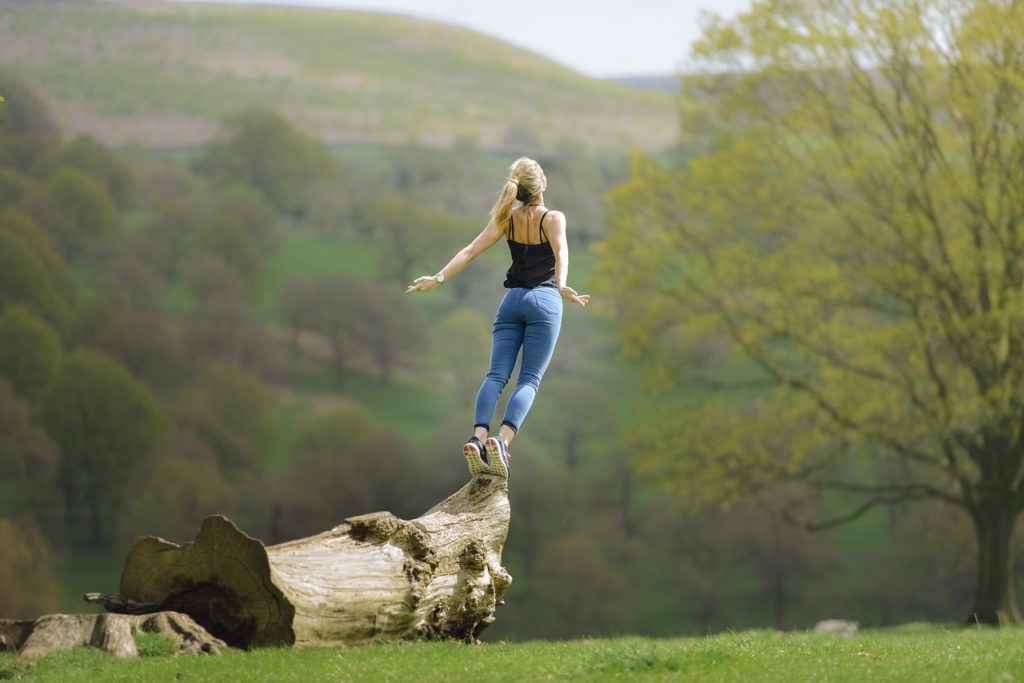
What is complementary and alternative medicine CAM?
Across the world, many people have found CAM and integrative healthcare a great source of support and help for their ill health and dis-ease in the body and mind. CAM is a type of healthcare that is used alongside conventional medicine (complementary) or instead of conventional medicine (alternative) 1 . Integrative healthcare solutions combine conventional and complementary techniques by focusing on the person as an individual and treating the whole person rather than one specific organ or body part. This (w)holistic approach includes the overall wellbeing of the person: mental, emotional, physical, functional, spiritual and social aspects.
CAM includes 1,2:
- Traditional alternative medical systems (homeopathy, naturopathy, acupuncture,
Ayurveda, Chinese or oriental medicine) - Manual manipulation, movement, and body-mind-based methods (therapeutic
massage, chiropractic, osteopathy, kinesiology, reflexology, tai chi, yoga, body
movement therapies, breathwork, pranayama) - Diet and herbs (herbal medicine, nutrition/diet, dietary supplements, vitamins,
minerals) - Energy therapies (reiki, qi gong, electromagnetic therapy, Bowen therapy, polarity therapy, healing touch)
- Mind (meditation, hypnotherapy, biofeedback, support groups and circles, life coaching)
- Senses (art therapy, music therapy, dance, aromatherapy, visualisation, guided imagery)
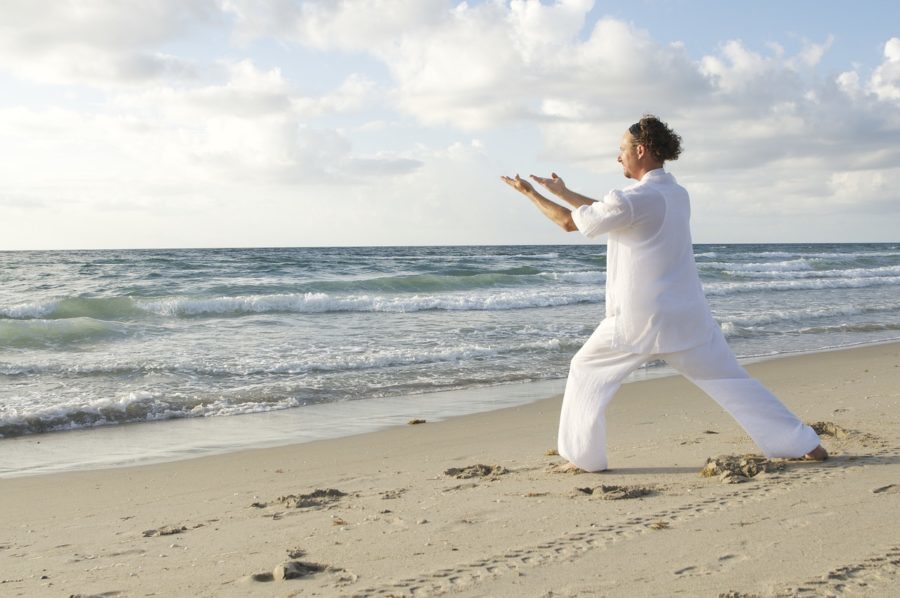
It is difficult to say which form of CAM was the first to emerge as many nations around the world were using certain herbs as supplements or topical applications. Our sincerest gratitude should go to Hippocrates (460-377 B.C.) who is universally known as the father of clinical medicine thanks to his clinical observations, relevant discoveries and rational thinking. Hippocrates was a pioneer in his approach to health, wellbeing and illness and he was the first to develop the concept of “the healing power of nature”. Many of Hippocrates’ sayings are relevant to several forms of CAM therapies to this day:
| Let food be thy medicine and medicine be thy food. |
Primum non nocerum. (First do no harm.) |
Before you heal someone, ask him (her) if (s)he’s willing to give up the things that make him sick. |
| It’s more important to know what sort of person has a disease than to know what sort of disease a person has. |
Natural forces within us are the true healers of disease. |
If we could give every individual the right amount of nourishment and exercise, not too little and not too much, we would have found the safest way to health. |
What is homeopathy?
Homeopathy is considered one of the oldest forms of CAM, which was founded by a German physician, Dr. Samuel Hahnemann (1755-1843), in the late 18th century 3,4. Through his knowledge in medicine, curiosity, and intelligence, he discovered by self-experimentation that by taking quinine (cinchona bark), which was used as an antimalarial drug since 17th century 5, he developed symptoms, which were similar to malaria. This observation led Hahnemann to posit the “Law of Similars”, also known as “like treats like” (similia similibus curantur). In other words, the substances which can produce symptoms, for example, fever, in a healthy person, can be used in a diluted form to treat the same or similar symptoms in a person who is ill (e.g. has fever).
Dr. Hahnemann’s tenacity, passion, and interests were a driving factor in advancing the field of homeopathy by continuing to discover new remedies through self-experimentation with various substances and endlessly working to help people with dis-ease to return to good health. Nowadays, homeopathy is the second most used form of medicine around the globe and is widely accessible.
Homeopathy, is a form of holistic medicine that treats various acute and chronic illnesses by taking the root cause that caused these illnesses into account. Alongside taking a detailed case history of the person’s illnesses and current symptoms (i.e. anamnesis), the homeopath also explores the person’s personality, characteristics, preferences, sensations, feelings, mental, emotional, and physical state, and their family history in a thorough consultation. This helps the homeopath to select the best suited constitutional (and/or acute) remedy for that person in that moment.
The homeopathic holistic remedies derive from nature and are made from plant, mineral, or animal materials, which are diluted and succussed to create different potencies (i.e. strengths). Depending on the severity, depth, history, and acuteness of the symptoms, a homeopath will select an appropriate potency and frequency for taking the remedies. Importantly, a homeopath approaches every person individually and holistically and thus, the remedies that are prescribed will differ from person to person even if the diagnosis is the same. This is because every person will experience the symptoms in their own way and have different perceptions, thoughts, emotions, sensations, beliefs, and values.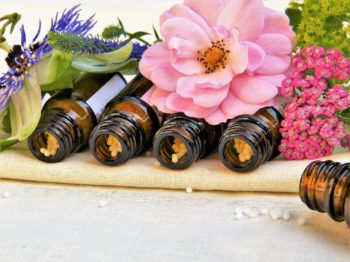
Homeopathy in Australia
In Australia, homeopathy has been in use since 1840s. A number of homeopathic hospitals were established in the late 19th century and early 20th century including the Melbourne Homeopathic Hospital (est. 1876), the Hobart Homeopathic Hospital (est. 1899), the Launceston Homeopathic Hospital (est. 1900), and the Sydney Homeopathic Hospital (est. 1902) 6. Homeopaths worked in various hospitals around Australia; however, many homeopathic hospitals experienced challenges due to opposition from the conventional medical establishment, increased usage of antibiotics, and lack of qualified homeopaths. For more information, please visit Barbara Armstrong’s website, who as a historian and researcher has collated extensive information about the history of homeopathy in Australia.
Now, there are about 400 homeopaths all around Australia who work in clinics or in private practices. The following organisations represent homeopaths in Australia:
- AHA: Australian Homoeopathic Association
- ARoH: Australian Register of Homoeopaths Ltd
- ATMS: Australian Traditional-Medicine Society
May is an exciting month, as the 12th Australian Homoeopathic Medicine Conference will take place on the 22nd and 23rd of May 2021. Please visit AHA website for more information. If you have been thinking about how to become a holistic health practitioner and studying homeopathy, the Aurum Project has a great summary of the homeopathy courses and colleges for Australians on their website.
What is naturopathy?
Modern naturopathy originates from Germany and Europe in the 19th century. John Scheel came up with the term ‘naturopathy’ in 1895, but it was Dr. Benedict Lust who introduced the knowledge of naturopathy in USA in the late 19th century 7,8. Dr. Lust integrated a number of natural healing forms in the clinical practice of naturopathy, including homeopathy, herbal remedies, acupuncture, nutritional therapy (diet, vitamins, supplements), prevention and lifestyle counseling, and manipulative therapy 8. Naturopathy can also include iridology, hydrotherapy, hygiene therapy, nature cure, and ayurvedic medicine. Thus, naturopathy brings several holistic medical methods together to aid in the treatment and prevention of dis-eases.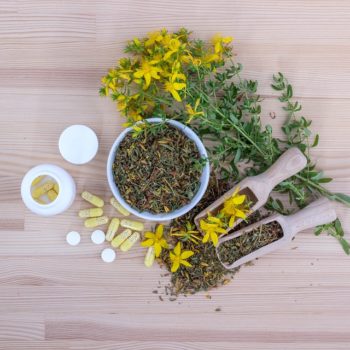
Naturopathy follows six main principles 7,8:
- Primum Non-Docere (First do no harm) – this is the main principle for all healthcare practices. It focuses on choosing natural, non-invasive, and least toxic therapies.
- Vis Medicatric Naturae (The healing power of nature) – naturopaths value the nature around us and use it in the healing process. Similar to homeopaths, naturopaths recognise that the body has the wisdom to heal itself.
- Tolle Causam (Identify and treat the causes) – as homeopaths, naturopaths also aim to find the underlying causes of the disease(s) to address it and remove the obstacles that prevent reaching the total health.
- Docere (Doctor as teacher) – it is important to increase a person’s health literacy and help them understand their health better and what they can do to stay well. Through education, people can take responsibility for maintaining their health.
- Tolle Totum (Treat the whole person) – this principle encompasses that our body, mind, environment, lifestyle and family history are interconnected and contribute to our overall health. By having a holistic whole-person-based approach, naturopaths aim to restore balance and health.
- Prevenic (Prevention) – it is always better to focus on prevention of illness and the state of dis-ease, whenever possible.
Naturopathy in Australia
Naturopathy was introduced to Australia early 20th century but it became more known in the 1970s when the government policies emphasised the freedom of choice at the time of social and cultural change 9. Today, naturopathy is one of the most common forms of CAM in Australia with an estimated 5 million consultations per year. Naturopathy is either a chosen alternative form of treatment or used as complementary to other treatments depending on the health complaints and preferences of the person. It is estimated that there are over 10,000 naturopaths in Australia 7, who primarily work in private clinical practice. The following organisations represent naturopaths in Australia:
- NHAA: Naturopaths & Herbalists Association of Australia
- ANTA: Australian Natural Therapists Association
- NPA: Australian Naturopathic Practitioners Association Inc.
If you are considering studying naturopathy, the ANTA website gives an overview of the accredited courses in each Australian state.
How are naturopathy and homeopathy similar?
Both naturopathy and homeopathy are comprehensive forms of CAM focusing on the person as a whole and stimulating the body so that it can heal itself. Homeopaths and naturopaths take the time to learn about the person, their symptoms, illnesses, imbalances, physical, mental and emotional state, and according to that select either homeopathic remedies (homeopaths) or a combination of treatments and approaches (naturopaths). The usage of both of these treatments lessened after the Second World War as conventional medicine, surgical methods, the introduction of antibiotics, and other drugs gained popularity. However, both homeopathy and naturopathy remain important CAM treatment options in Australia and around the world.
Naturopathy and homeopathy overlap in the following principles:
- Approaching each person individually and holistically
- Doing no harm
- Identifying and treating the root cause of the disease
- Understanding that the body has an ability to treat itself
- Offering natural, non-invasive treatment
- Choosing the minimal interventions necessary
How do naturopathy and homeopathy differ?
The main difference between homeopathy and naturopathy is that homeopathy uses a single system of treatment, whereas naturopathy is a combination of various holistic forms of treatment. That means that naturopaths may include homeopathic treatment of a person if it is suitable and appropriate alongside other forms of treatment; however, homeopaths primarily prescribe only homeopathic remedies and some homeopaths can also recommend
other forms of support (e.g. vitamins, supplements, tissue salts) if they are indicated. Naturopaths follow six main principles to identify what needs treating and educating people about how to keep well (see principles above), whereas the philosophy of homeopathy is rooted in the law of similars, giving a single remedy for multiple complaints, prescribing the smallest dose possible and individualisation.
Key message
Despite the similarities and differences, both homeopathy and naturopathy are important CAM therapies offered in Australia. The beauty lies in the possibility of using each of the alternative therapies as complementary to one another to facilitate people reaching their optimal health, balanced lifestyle, and holistic wellbeing.
Before deciding whether to see a homeopath or a naturopath, make sure the practitioner is qualified and registered with a representative organisation.
At the Harbord Homeopathic Clinic, we have a team of homeopaths and naturopaths. Please head over to our website to read more about the practitioners.
About me

Sabina Vatter
I grew up in a home where homeopathy was regularly used. After completing my Masters in Psychology in Estonia, I was certain I would devote my life to working with people. The road took me to Manchester, UK where I qualified as a homeopath. At the same time, I had a strong interest in research and I completed a PhD in Medicine in 2019. Over the past decade, I have been involved in numerous research studies with different age groups and health conditions and published in many prestigious academic journals.
Since moving to Sydney in 2020, I have been involved with several homeopathy research projects with The Aurum Project. I also work as a homeopath in the Harbord Homeopathic Clinic in Brookvale, Sydney, alongside a team of fellow homeopaths sharing the same passion for homeopathy, yet also acknowledging our unique ways of practicing.
I have loved homeopathy since my childhood and I am grateful to be able to offer this wonderful form of healthcare in Sydney and internationally via Zoom to babies, children, teens, adults, and pets. I have experience in a wide range of ailments, including mental health, emotional trauma, and behavioural issues in adults and children, gynecological concerns, pregnancy, childbirth and postnatal concerns, gastrointestinal problems, skin issues as well as problems with sleep.
Author: Sabina Vatter, PhD RSHom
References
1. New South Wales Agency for Clinical Innovation, Pain Management Network.
Complementary and Alternative Medicine. URL =
www.aci.health.nsw.gov.au/__data/assets/pdf_file/0018/212823/Pain-and-CAM-
Therapy.pdf
2. Johns Hopkins Medicine. (2021). Types of Complementary and Alternative Medicine. URL
= www.hopkinsmedicine.org/health/wellness-and-prevention/types-of-complementary-
and-alternative-medicine
3. Encyclopedia Britannica. (2021). Samuel Hahnemann. URL =
www.britannica.com/biography/Samuel-Hahnemann
4. Duquesne University. (2020). Complementary and Alternative Medicine: History.
https://guides.library.duq.edu/complementary_medicine/history
5. Achan, J., Talisuna, A. O., Erhart, A., Yeka, A., Tibenderana, J.K., Baliraine, F.N. et al.
(2011). Quinine, an old anti-malarial drug in a modern world: role in the treatment of
malaria. Malaria Journal 10:144.
6. Australian Homoeopathic Association (AHA). (2021). History of Homoeopathy. URL =
www.homeopathyoz.org/homoeopathy/history-of-homoeopathy?showall=1
7. The Australian Naturopathic Practitioners Association. (2013). Evidence in support of
private health insurance rebates for naturopathy.
8. Fleming, S. A., & Gutknecht, N. C. (2010). Naturopathy and the primary care practice.
Primary Care, 37(1): 119-136.
9. Ooi, S. L., McLean, L., & Pak, S. C. (2018). Naturopathy in Australia: Where are we now?
Where are we heading? Complementary Therapies in Clinical Practice, 33, 27-35.
The integrative healthcare options of naturopathy and homeopathy are types of complementary and alternative medicine.
- Importance of iron for our well-being - 10/04/2025
- How to improve our vital force and detox from heavy metals - 26/07/2022
- Homeopathy and Naturopathy…How do they differ? - 17/05/2021
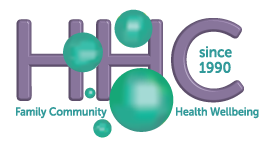


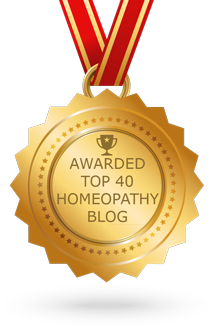
Leave a Reply